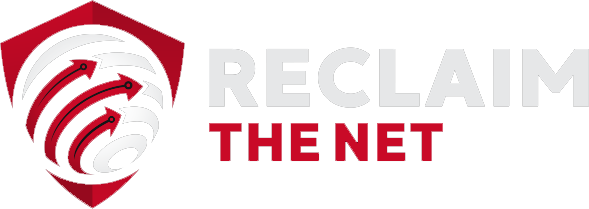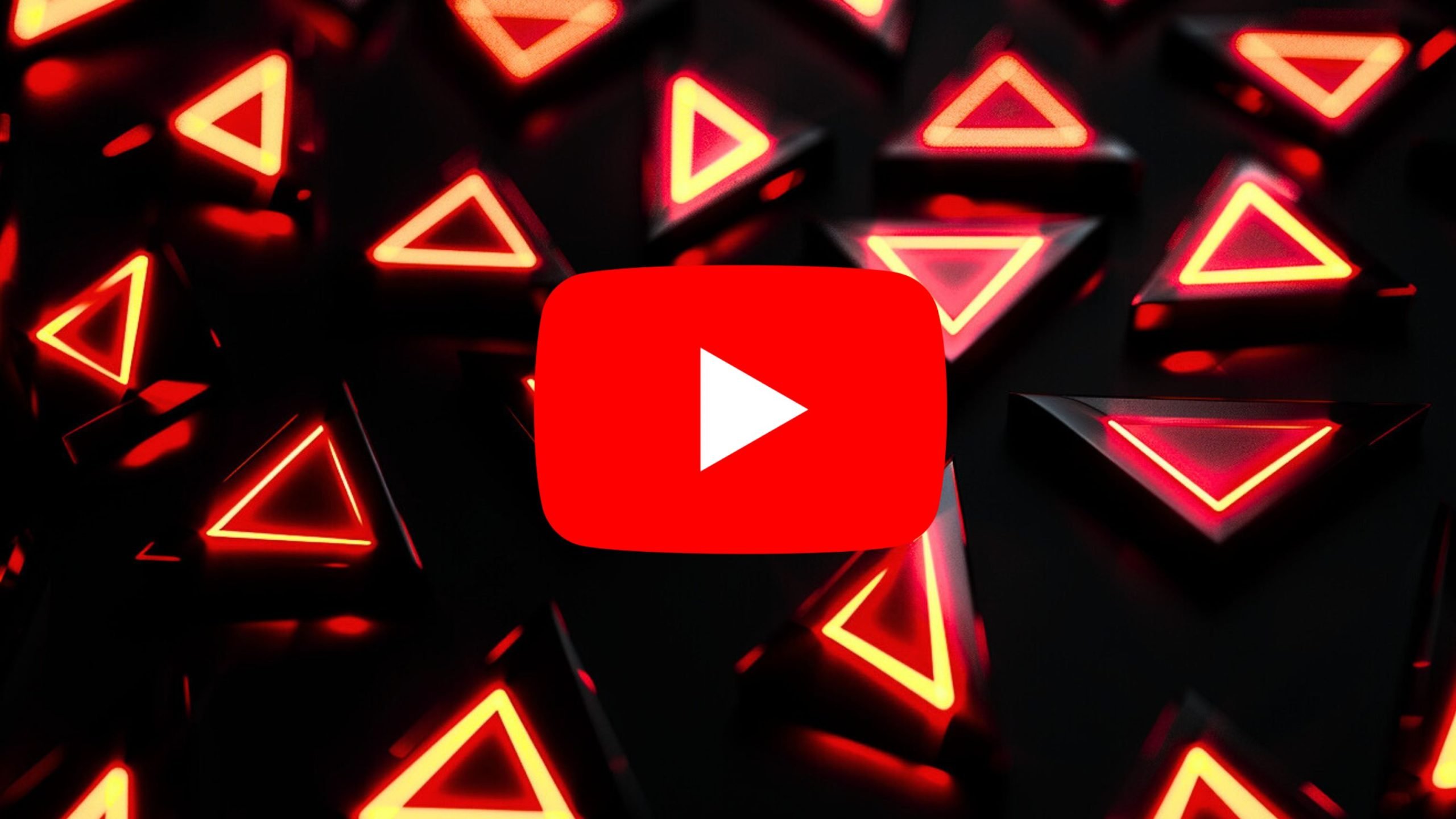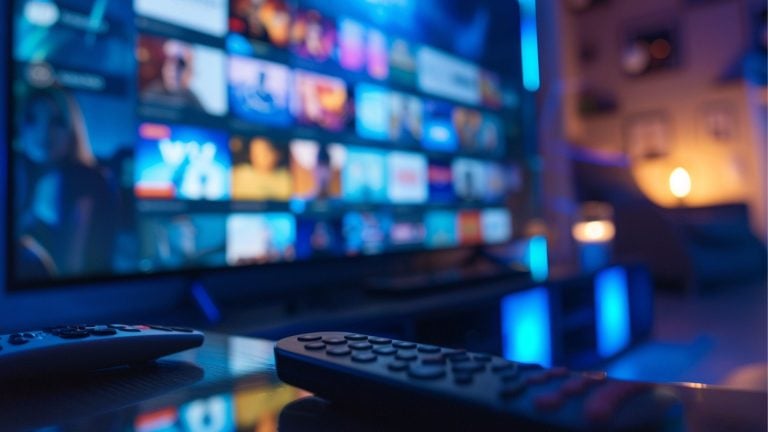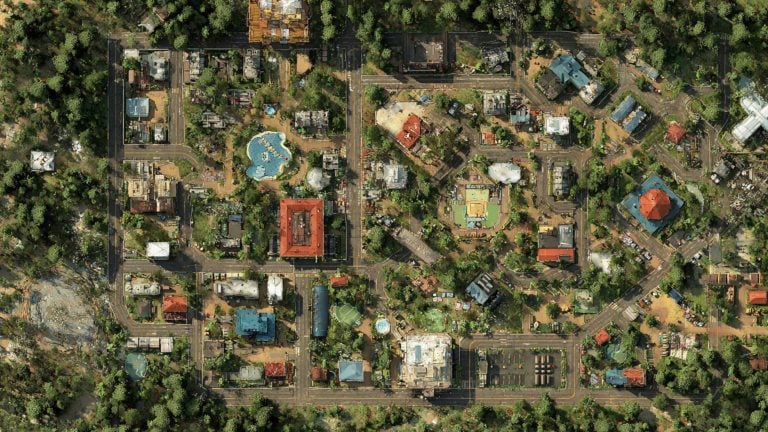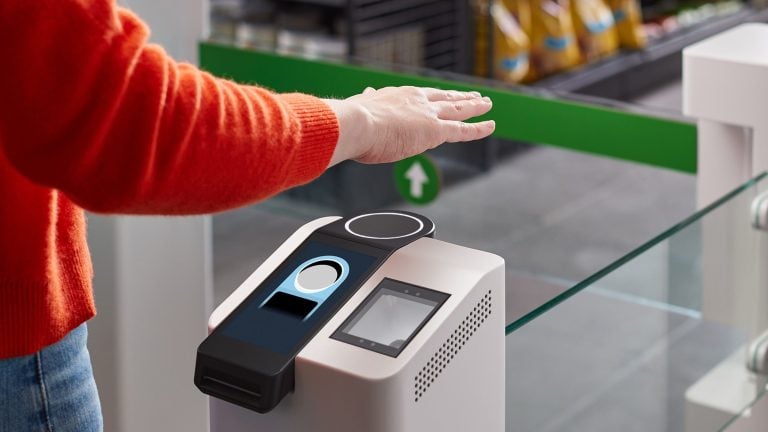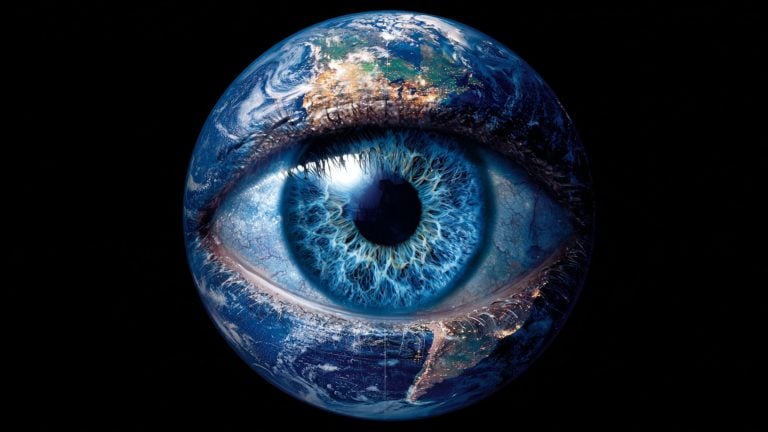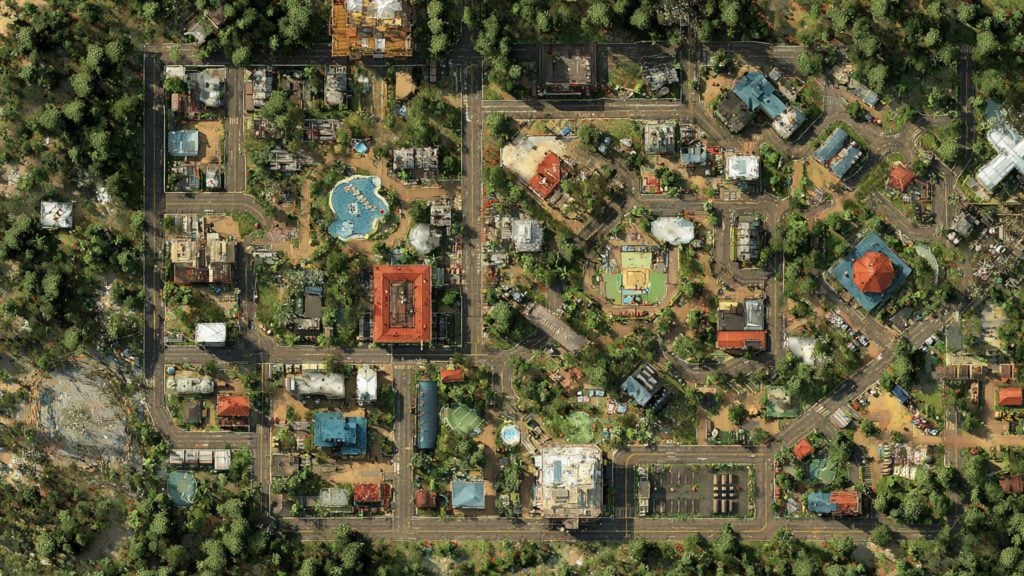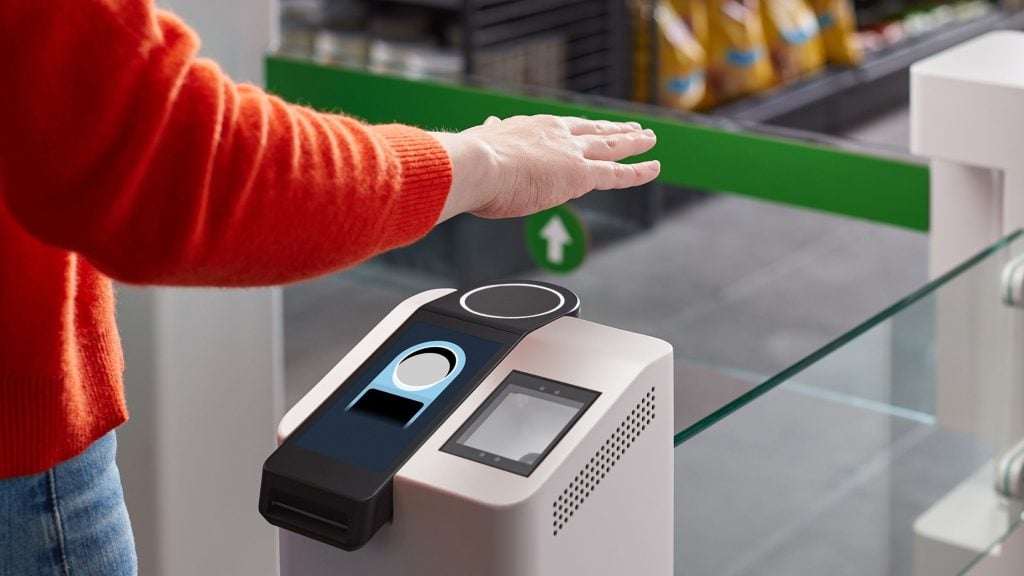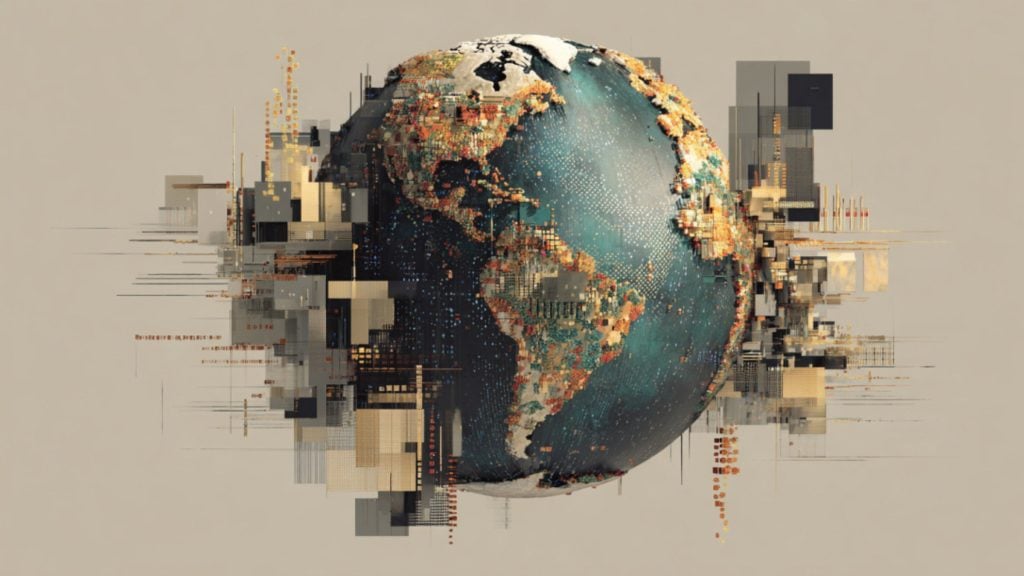YouTube is opening a narrow door to some of the creators it previously purged, but many will find it locked.
On Thursday, the platform rolled out a program it’s calling “Second Chance,” aimed at selectively allowing certain banned users to return, provided they meet updated criteria.
The policy change follows Google’s confirmation that it acted under direct pressure from the Biden administration to suppress lawful content during the pandemic and election cycles, even when that material didn’t violate YouTube’s own stated rules.
The new reinstatement process is now live, following Google’s prior announcement of the plan. Users who lost their channels under now-abandoned policies, including those targeting election and COVID-19 narratives, will be able to submit requests to rejoin.
“We know many terminated creators deserve a second chance,” YouTube stated in a blog post. “YouTube has evolved and changed over the past 20 years, and we’ve had our share of second chances to get things right with our community too.”
The initiative is limited in scope. Anyone banned for copyright reasons or for violating YouTube’s broad “Creator Responsibility” rules, a category that includes undefined acts of “cruelty,” “deceptive behavior,” or anything judged to “cause malicious harm,” will remain locked out.
Creators who deleted their channels or associated Google accounts are also excluded.
Applicants must wait a full year after termination before becoming eligible to apply for a new channel. Those who do qualify will gradually see a new option appear when logging into YouTube Studio via desktop, allowing them to request a channel restart.
If approved, they can upload content again, including old videos that fit current guidelines, and attempt to rebuild their following.
“You can build back your community through your new channel,” the company said, pitching the program as a reset. “You can also re-upload any of your prior videos that are within our Community Guidelines.”
YouTube claims it will weigh several elements when deciding who gets through the gate, such as whether someone committed “particularly severe or persistent violations” or whether their content is believed to have caused ongoing harm. It also emphasized that appeals to reverse a ban still exist.
“If your appeal is successful, your old channel will be reinstated. If your appeal is unsuccessful, you now have the option to apply for a new channel one year after your channel was terminated,” the blog read.
The timing of this program is no coincidence.
The company’s recent admission that federal officials urged them to take action against content that didn’t break the rules has reignited concerns about the scale of political interference in online speech.
Google, in a letter released under congressional investigation, revealed that White House figures “conducted repeated and sustained outreach to Alphabet and pressed the Company regarding certain user-generated content related to the COVID-19 pandemic that did not violate its policies.”
The letter made it clear that the company now sees this pressure as unacceptable. “This pressure was – and remains – unacceptable and wrong.”
Google also noted that the political climate during the pandemic made it difficult to function independently, with mounting demands to censor narratives inconvenient to those in power.
In direct response to this period of government-fueled censorship, Google says YouTube will now offer reentry to creators previously expelled under COVID-19 and election-related policies that are no longer enforced.
“Reflecting the Company’s commitment to free expression, YouTube will provide an opportunity for all creators to rejoin the platform if the company terminated their channels for repeated violations of COVID-19 and elections integrity policies that are no longer in effect,” the letter confirmed.
The company also clarified its content moderation strategy, distancing itself from outsourced information control. “YouTube does not use third-party fact checkers to determine whether content should be removed or labeled.”
As for claims of ideological bias, Google insisted that it values political diversity. “YouTube values conservative voices on its platform. These creators have extensive reach and play an important role in civic discourse.”
The letter concluded with a clear stance on government involvement in online speech. “The federal government should not play a role in pressuring private companies to take action on lawful speech.”
These revelations were unearthed during a wider investigation by the House Judiciary Committee, chaired by Rep. Jim Jordan (R-OH), who issued a subpoena and led efforts to uncover the depth of government influence over content moderation decisions at Google and YouTube.
The findings detail a pattern of suppression aligned with official narratives, often targeting speech that was legal but politically inconvenient.
Legal challenges have echoed similar concerns.
Although the Supreme Court ultimately threw out the case on procedural grounds, the fundamental questions about state-driven censorship of lawful speech remain unresolved.
With the “Second Chance” rollout, YouTube appears to be making a quiet course correction. But it’s a calculated one. While the platform seeks to reposition itself as more open to dissenting viewpoints, it continues to set the terms of speech, offering redemption only to those who fit within boundaries it alone defines.
